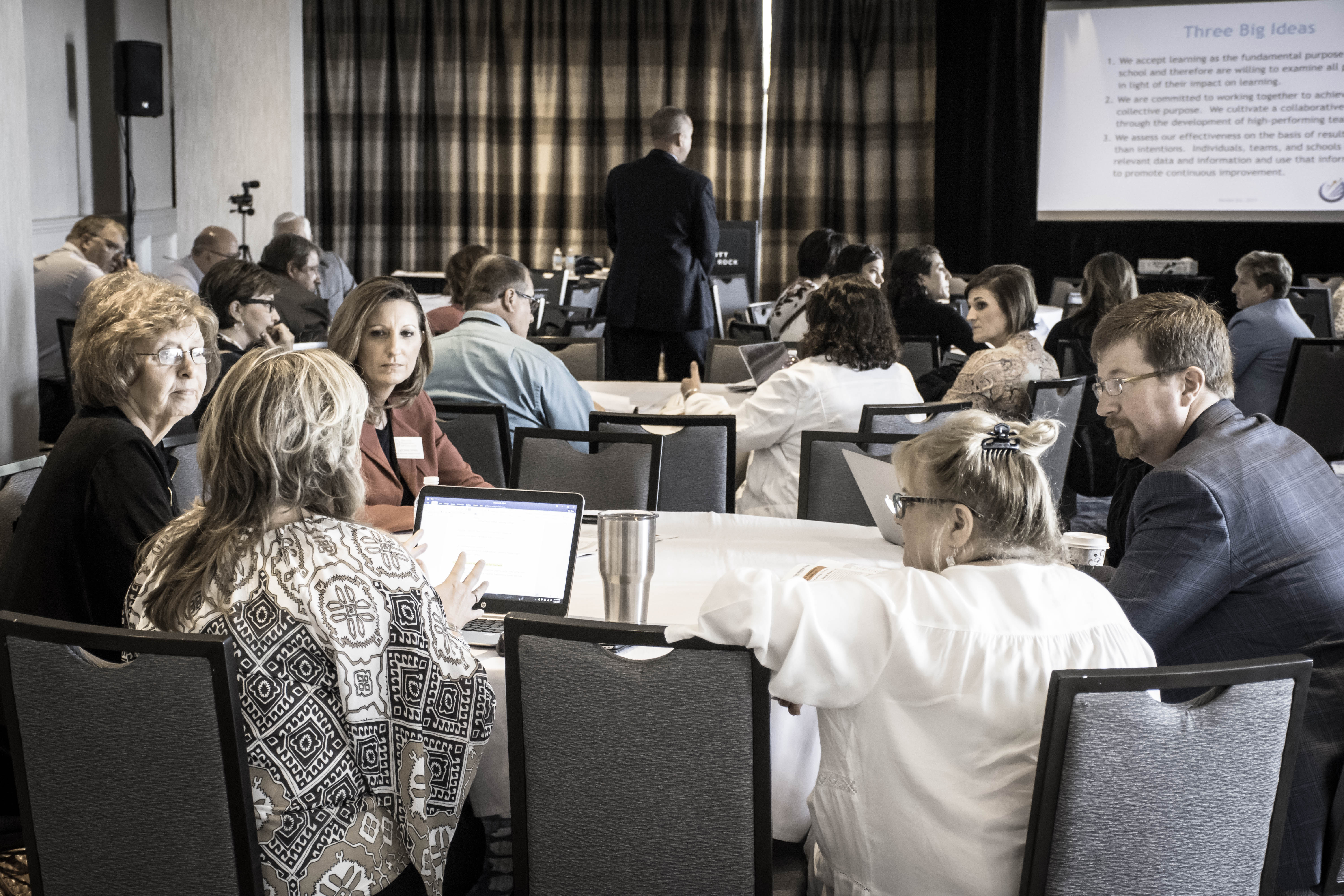Learner-Driven
self-reflection on Environment
Where might I start?
Self-Reflection on Environment
What?
The self-reflection tool has three levels: Foundational, Developing, and Sustaining. This tool may guide your design for innovation.
Engage your team in Self-Reflection on each of the critical attributes you've selected to look at in more depth.
Why?
Reflection on the critical attributes, along with the self-assessment and additional measures of data, guide school teams on their personalized design for innovation.
How?
1. Gather a representative team, to offer diverse perspective, from your school to look through the domains and critical attributes. Don't forget about students, include their voice directly through focus groups, and indirectly through surveys and other evidence! Spend time in dialogue (non-decision making conversation), to understand one another's perspectives and assumptions.
2. Highlight areas that you see in your current practice on the critical attributes your team selected to start with based on your initial assessment. Your team might find you have evidence in several levels. Don't be surprised if you have some highlights in foundational, developing, and sustaining. Transformation is not a linear process!
3. Consider what evidence, or data, might support your thinking. Think broadly, beyond standardized measures.

Albert Einstein once said that if he had an hour to save the world he would spend fifty-five minutes defining the problem and five minutes finding the answer.
Posing Questions to Explore Thinking
Sometimes the way you ask a question is as important as the question itself! Here are some steps to support exploration:
- What might be some assumptions we have about..?
- How might other stakeholders interpret the data?
- What are some of the other perspectives you are considering as you reflect on this critical attribute?
